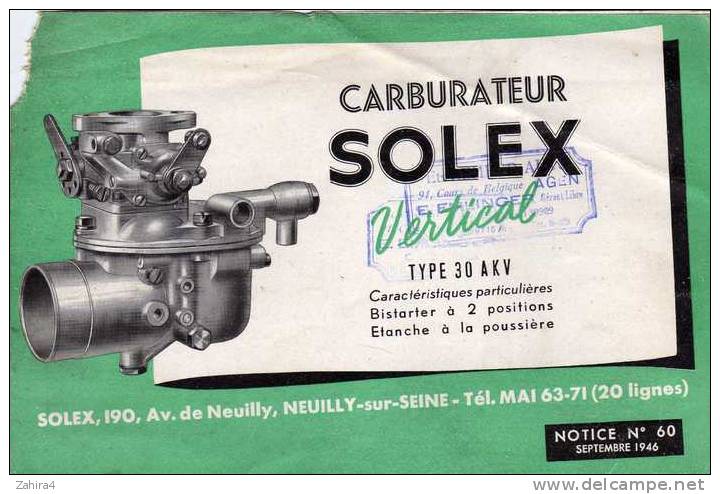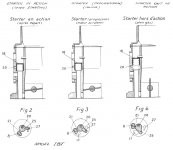I have started a new thread on this issue although the topic is also on my restoration thread. There is a strange brass fittng that p...sses fuel out when I try to run the engine. Its a 1952 Renault tractor. The offending part is on some type of choke, the brass fitting is open to atmosphere. I have changed the orientation from facing down, front or up but nothing stops it leaking fuel.
It's not a needle and seat issue, it is gravity feed, no fuel pump, it only leaks when the engine runs and it spits fuel out. It looks like a brass jet holder but there is no internal thread. Maybe something is missing ? I have not been able to find any detailed pics of this carb to check if there is some part missing.



It's not a needle and seat issue, it is gravity feed, no fuel pump, it only leaks when the engine runs and it spits fuel out. It looks like a brass jet holder but there is no internal thread. Maybe something is missing ? I have not been able to find any detailed pics of this carb to check if there is some part missing.




